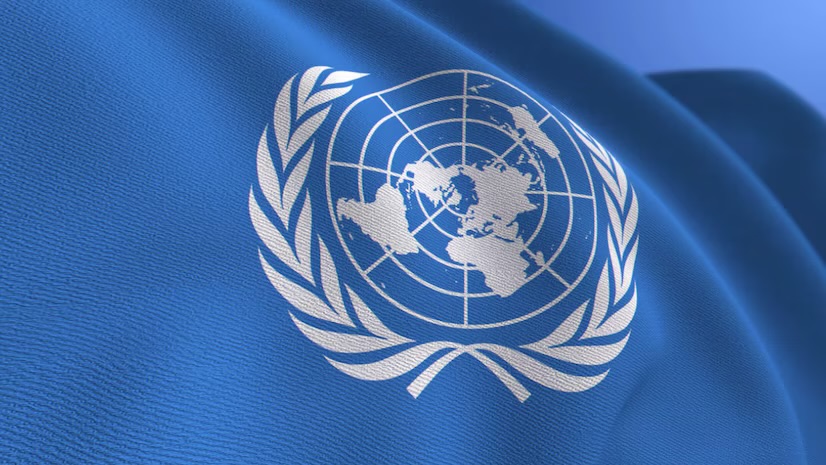South Asia remains worse in terms of child mortality in 2021 – UN report

ISLAMABAD — South Asia and sub-Saharan Africa remained the two worst regions in terms of child mortality in 2021, a new UN report has said.
The report released on Tuesday estimated that around five million children died before the age of five while another 2.1 million children and youth between five and 24 years lost their lives in 2021.
Children continue to face wildly differentiating chances of survival based on where they are born, with sub-Saharan Africa and Southern Asia shouldering the heaviest burden, the reports show, the report added.
Though sub-Saharan Africa had just 29 per cent of global live births, the region accounted for 56pc of all under-five deaths in 2021, and Southern Asia for 26pc of the total deaths, DAWN writes.
In total, more than 5.0 million children under age 5, including 2.3 million newborns, along with 2.1 million children and youth aged 5 to 24 years – 43 per cent of whom are adolescents – died in 2021. This tragic and massive loss of life, most of which was due to preventable or treatable causes, is a stark reminder of the urgent need to end preventable deaths of children and young people. Sadly, these deaths were mostly preventable with widespread and effective interventions like improved care around the time of birth, vaccination, nutritional supplementation and water and sanitation programmes.
Timely, high-quality and disaggregated data – which allow the most vulnerable children to be identified – are critical to achieving the goal of ending preventable deaths of children. Yet as the COVID-19 pandemic has put into stark light, data of this nature are more the exception than the rule: Just 36 countries have high-quality nationally representative data on under-five mortality for 2021, while about half the world’s countries have no data on child mortality in the last five years. These substantial data gaps pose enormous challenges to policy- and decision-making and prolong the need for modelling mortality from what little data are available. To improve the availability, quality and timeliness of data for monitoring the health and survival situation of children and youth, much greater investments must be made to strengthen data systems.


















Facebook Comments